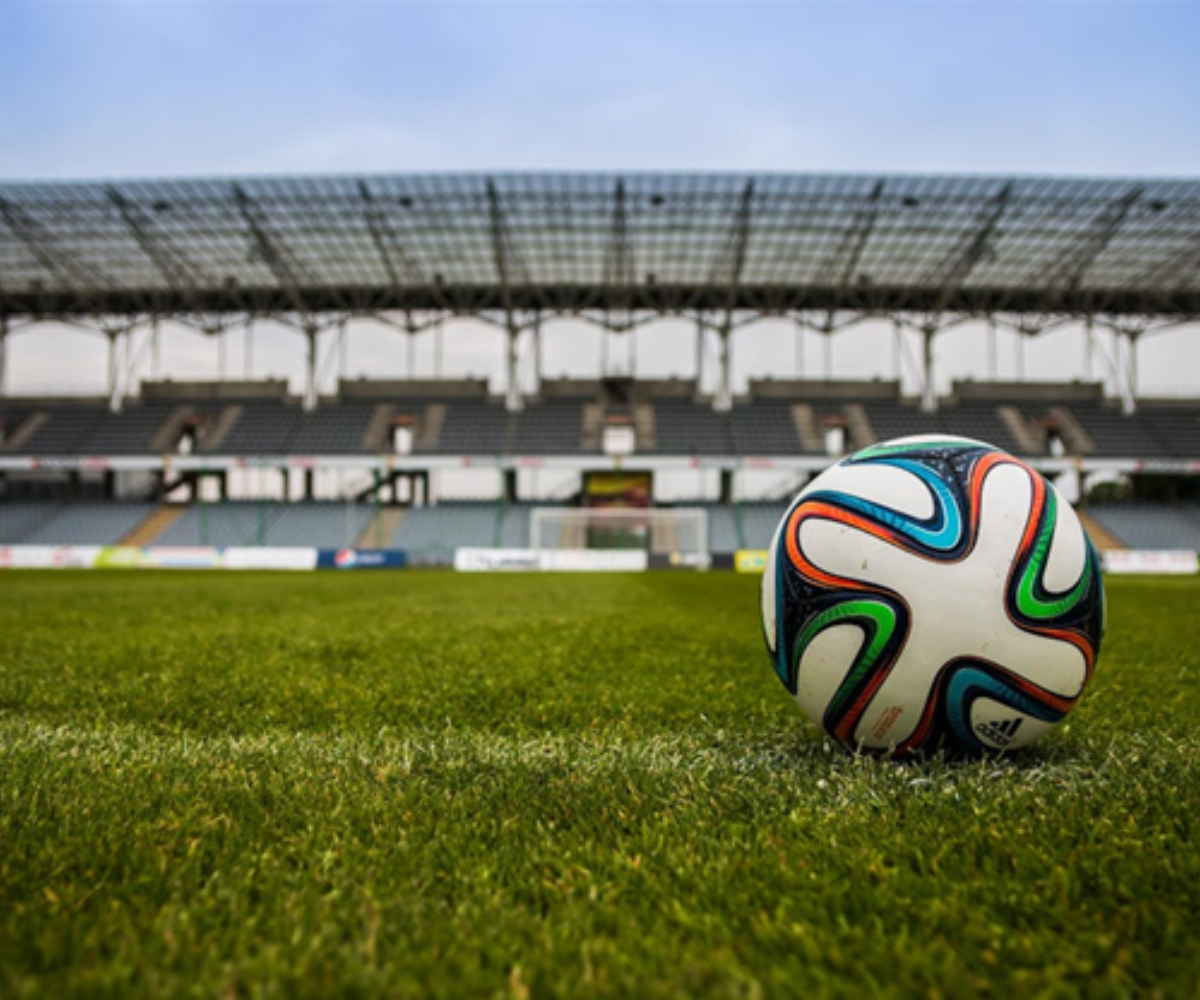Olympic dressage is a distinguished discipline within equestrian sports, characterized by its emphasis on precision, artistry, and the harmonious relationship between horse and rider.
While it shares the Olympic stage with other equestrian events like jumping and eventing, the rules governing dressage are unique and reflect the specific nature of this discipline. This article explores the key differences in the rules of Olympic dressage compared to other equestrian events.
1. Scoring System
Judging Criteria: In Olympic dressage, performances are evaluated by a panel of judges who score each movement on a scale from 0 (not executed) to 10 (excellent). The scores are then converted into a percentage, with the highest percentage determining the winner. This scoring system is distinct from other equestrian events, such as jumping, where the focus is on penalties for faults rather than artistic execution.
Collective Marks: In addition to individual movement scores, judges award collective marks for overall performance aspects, such as the horse's freedom of movement, regularity of paces, and the rider's position. These collective marks contribute to the overall score, making the evaluation process in dressage more nuanced compared to the straightforward fault accumulation in jumping.
2. Competition Format
Team and Individual Events: Olympic dressage features both team and individual competitions. In the team event, each nation fields a team of three horse-rider combinations, with all scores contributing to the team total. The individual competition is based on the results of the same qualifying rounds, but only the top riders progress to the finals. This dual structure is less common in other equestrian events, where individual and team formats may not be as distinctly separated.
Test Levels: Olympic dressage competitions are conducted using specific tests, including the FEI Grand Prix, Grand Prix Special, and Grand Prix Freestyle. Each test has its own set of required movements and is designed to showcase different skills. In contrast, jumping events typically involve a single course of jumps that riders must navigate, with the focus on clearing obstacles rather than executing predetermined movements.
3. Attire and Equipment Regulations
Dress Code: Riders in Olympic dressage must adhere to strict dress codes, which include wearing a tailcoat, white breeches, tall boots, and a helmet. The formal attire reflects the elegance of the sport and is more stringent compared to other equestrian disciplines, where attire may be less formal. For example, in jumping, riders often wear more casual attire, such as fitted jackets and shirts with collars.
Saddle and Bridle Specifications: Dressage horses are required to use a specific type of saddle and bridle. The double bridle is commonly used in dressage, allowing for more refined control over the horse. In contrast, jumping horses typically use a single bridle and saddle designed for stability and comfort during high jumps. The equipment regulations in dressage are more focused on precision and control, reflecting the nature of the discipline.
4. Training and Preparation
Focus on Precision: Training for Olympic dressage emphasizes precision, consistency, and the development of a strong bond between horse and rider. Riders must master a series of complex movements, including piaffe, passage, and flying changes, which require extensive training and practice. While other equestrian disciplines also require training, the focus in dressage is more on the execution of specific movements rather than overcoming obstacles or speed.
Longer Preparation Time: Preparing for Olympic dressage can take years, as riders must develop both their skills and their horses' abilities to perform at the highest level. While all equestrian sports require significant training, the intricate nature of dressage movements often necessitates a longer preparation period.
5. Rules on Errors and Penalties
Error Penalties: In Olympic dressage, errors are penalized according to a specific scale. The first error results in a 2-point deduction, the second in a 4-point deduction, and a third error can lead to elimination. This structured penalty system is distinct from jumping events, where faults are typically counted as penalties for each obstacle knocked down or time penalties incurred.
Elimination Criteria: The criteria for elimination in dressage are more stringent, with specific rules regarding errors of course or failure to perform required movements. In contrast, jumping events may allow for more flexibility in terms of course navigation, as long as the rider completes the course within the time limit.
Olympic dressage is a unique equestrian discipline with distinct rules and regulations that set it apart from other events. From its scoring system and competition format to attire and training requirements, the differences highlight the specialized nature of dressage. Understanding these rules enhances appreciation for the skill and artistry involved in Olympic dressage, showcasing the dedication of both horse and rider as they strive for excellence.
SEE: Key Strategies in Olympic Field Hockey and How They Differ from Other Team Sports
SEE: How Athletes Qualify for the Paralympic Games and the Classification Categories







%20(1200%20%C3%97%20232%20px)%20(9).png)









.png)

